Primer "Optimist": characteristics and scope
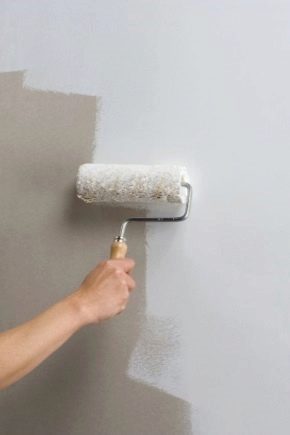
Not a single repair is complete without priming the walls. This is an important step that will affect the final appearance of the room. As in any construction work, there are some nuances here - it is important to choose the right material and fully follow the technology to obtain the optimal result. Mixtures of different composition are used for different surfaces. The Optimist primer receives many positive reviews about its quality. It should be noted that the manufacturing company has been on the market for more than 10 years and during this time has earned a reputation as a reliable supplier of quality products with reasonable prices, specializing in the production of not only soil, but also other finishing materials.
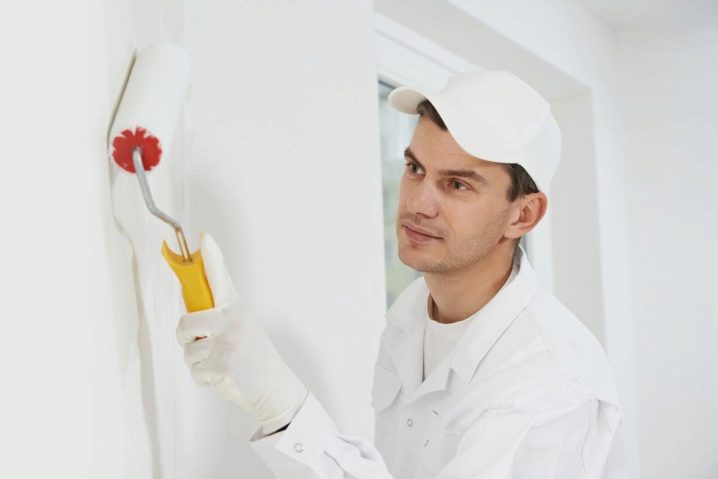
Features and main characteristics
Primer "Optimist" is a composition containing:
- acrylic latex;
- water;
- quartz sand and other additives.
It can be used for both external and internal work. The composition can be white, pink and other shades.
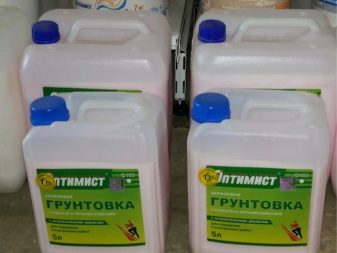
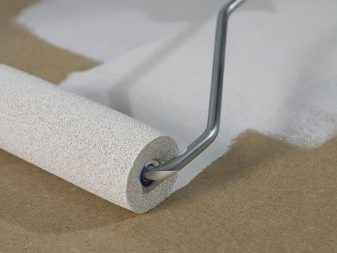
The primer can be used in various types of finishing works. There are such types as:
- deep penetration primer;
- covering;

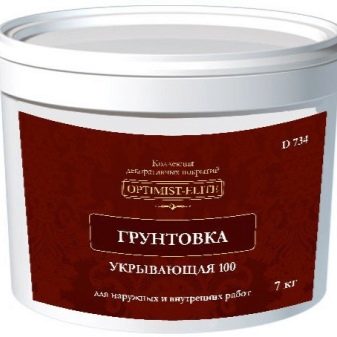
- adhesion;
- concentrated and others.
After applying any of them, the surface is covered with a leveling film.
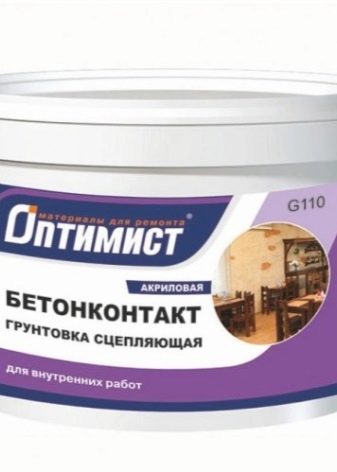
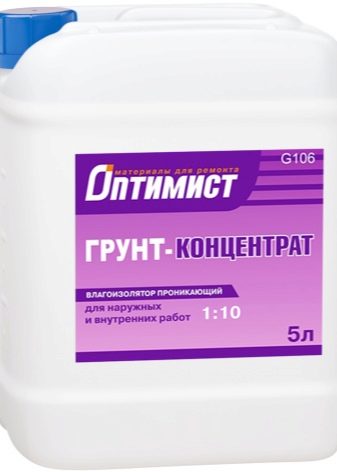
When applied to a specially treated wall, a thin layer of soil helps a good adhesion of materials and also protects the substrate from negative environmental factors. The primer has an anti-corrosion effect, protects metal surfaces from rust. When working outdoors, it excludes the appearance of mold and mildew on the processed material.
When applied to wood products, the Optimist primer highlights its structure, gives saturation and brightness. Such a finish is capable of hiding cracks and other defects in the coating, and also provides good adhesion, uniform application of paints and varnishes.
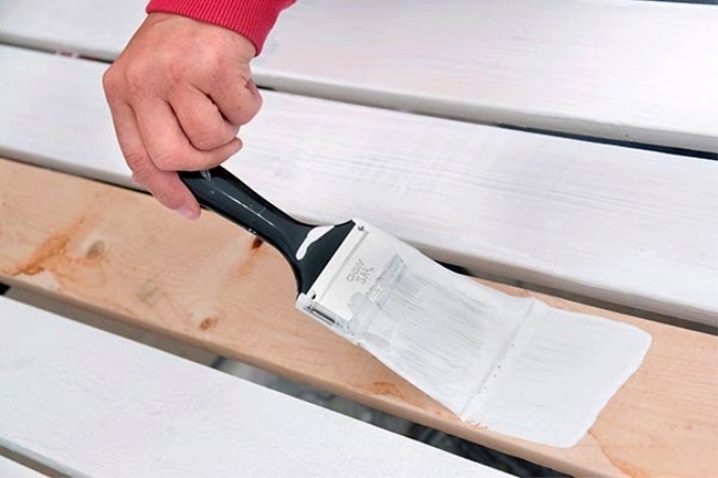
The range of applications for this type of soil is wide enough. It can be applied to:
- brick;
- wood;
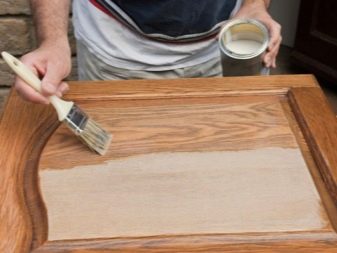
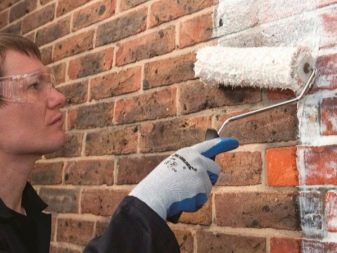
- drywall;
- stone and other surfaces.

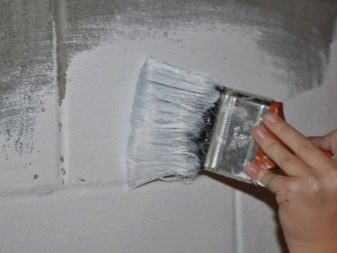
Optimist primer is appropriate to use when working with building facades, as well as for finishing floors, walls and ceilings. After drying, a transparent film forms on top, which plays a protective role.
The penetrating and fixing capacity of this type of soil is increased and can be from 1 to 5 mm. After surface treatment, fungi and mold do not appear on it. This effect is achieved due to the moisture resistance of the material.
Users note the easy application of the primer, as well as its good ability to thin water dispersion paints. The composition is non-toxic and environmentally friendly, does not have an unpleasant odor and dries quickly enough.
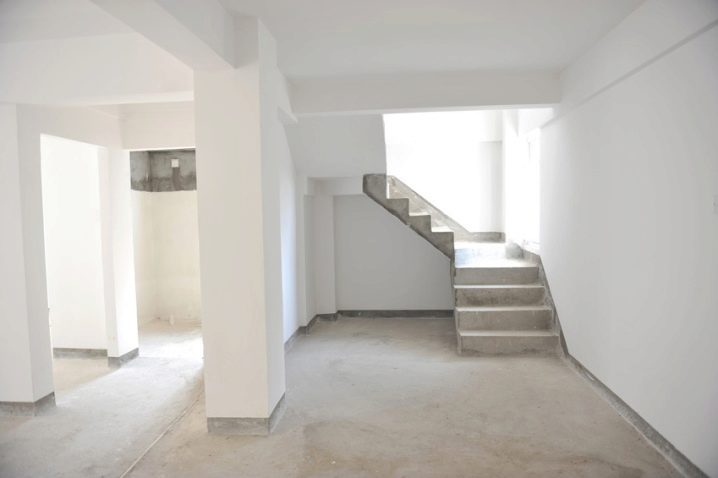
Advantages
The primer "Optimist" has established itself as a reliable and high-quality product. No special skills are required to apply it. You will need a container into which you can pour the composition, as well as tools for work (roller, brush or spray).
Optimist primer is economical when used - consumption is from 110 to 240 ml / sq m. During operation and subsequent operation, the composition does not cause allergies, does not emit harmful substances, and also practically does not exude a smell.


At a spontaneous combustion temperature of +450 degrees, it should be noted that the mixture is explosion-proof and fireproof.
It dries very quickly:
- At temperatures above 100 degrees, the process can take about half an hour;
- With the usual - no more than 4 hours.
The material is capable of sealing small cracks, as well as leveling a deformed surface.
After application and drying, the primer has a number of positive properties. It can withstand a run-up of temperatures from -45 to +60 degrees, as well as up to 5 freezing cycles. Such material is resistant to external influences, chemicals, deformation, mechanical damage.
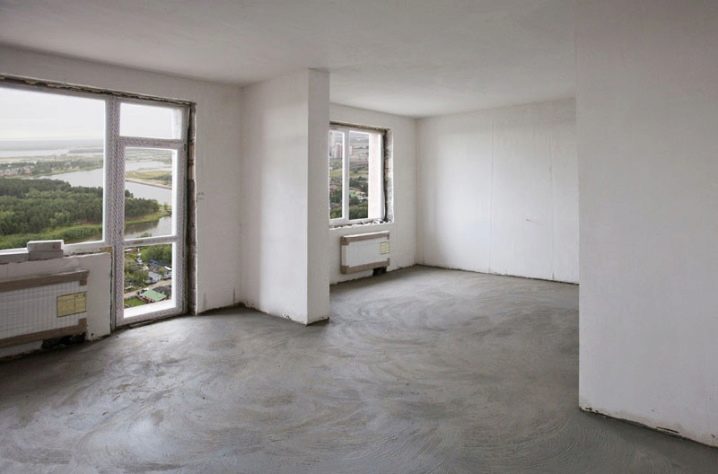
Application
As with any kind of work, the surface must be carefully prepared.
- First of all, she wipes off dirt and dust.
- Deformed areas and detachment of the old coating are removed.
- The required part of the coating must be sanded.
- After that, degreasing and complete drying are performed.
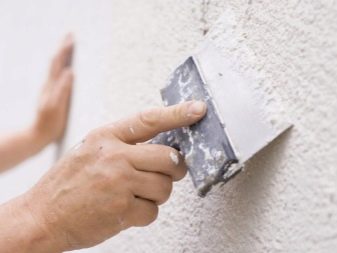
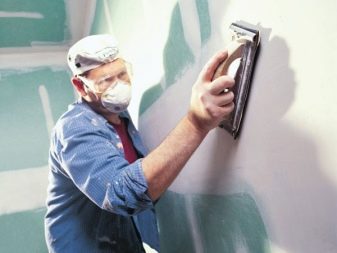
- It is recommended to distribute the soil layer evenly and thinly. You can use a roller, spray, or regular brush.
- When priming walls, start from the floor and then go up towards the ceiling.
- When the work is over, you must wait until it is completely dry. It usually takes 2 to 4 hours.
If the surface is highly absorbent, another coat of primer can be applied. The scheme of work is identical to the previous one. After final drying, it is the turn of the next finishing work. Both paint and other formulations can be applied.

Application nuances
A primed surface can be the basis for any material. A variety of paints and varnishes can be applied on top, wallpaper and tiles can be laid. After drying, the coating becomes colorless. It can be used for any type of finishing work.
The optimal temperature regime when applying the primer is from +5 to +35 degrees. Air humidity should be less than 70 percent.
The shelf life of the primer is 1 year from the date of production. It must be stored and transported in closed and darkened containers at a positive temperature (from 5 to 30 degrees).
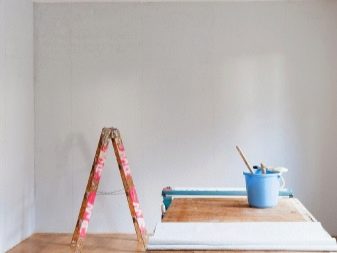
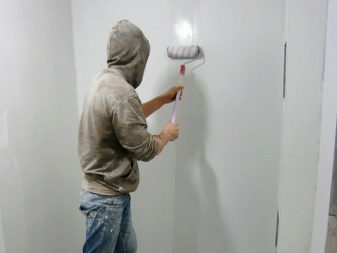
Gloves and a mask are recommended when applying the primer. If the composition gets on an open area of the skin, it must be removed, and the skin should be rinsed thoroughly.
The Optimist primer is supplied to the market in various packages. Their volume can be 1, 3, 5 and 10 liters. This helps to focus on the needs of the buyer, as well as clearly calculate the amount of the purchased product, which is very convenient. You can use, for example, both a liter covering composition and an aqueous soil in packages of 10 liters.
You will learn how to properly prime the walls in the following video.













The comment was sent successfully.